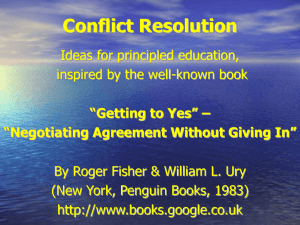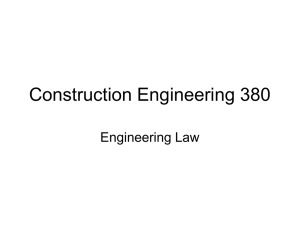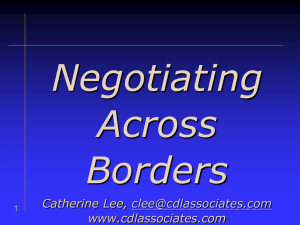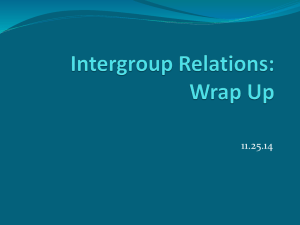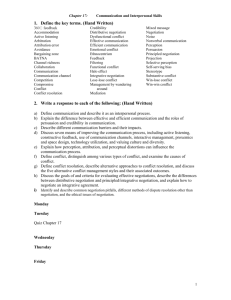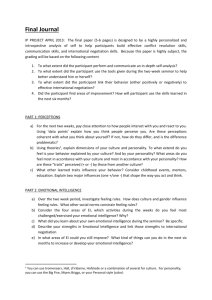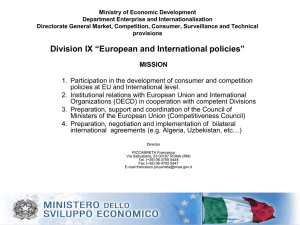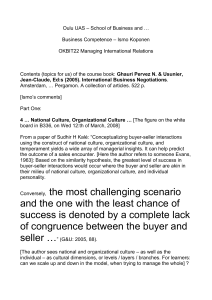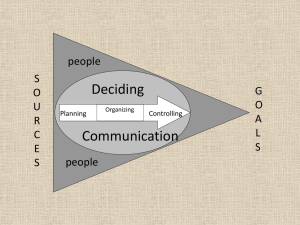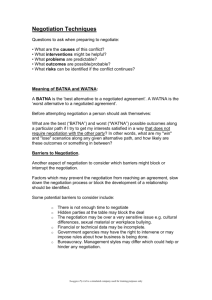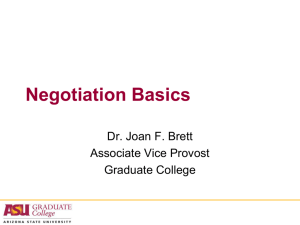Word
advertisement
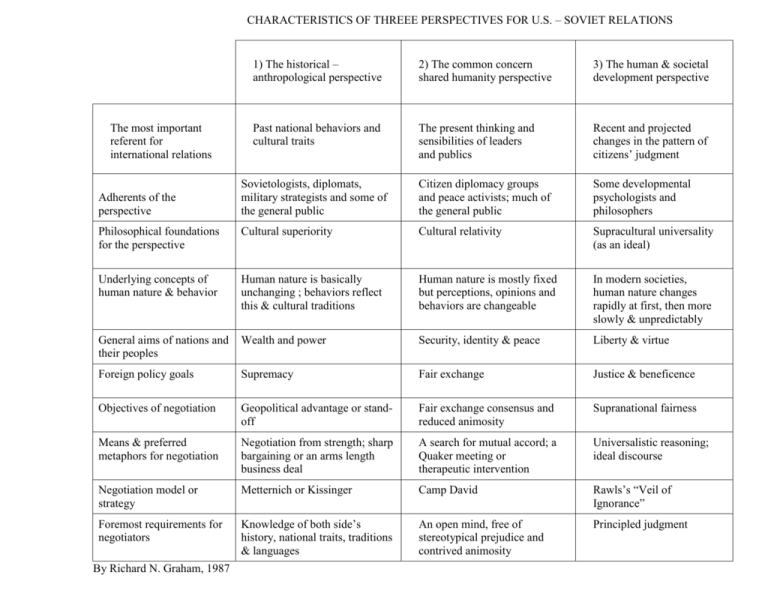
CHARACTERISTICS OF THREEE PERSPECTIVES FOR U.S. – SOVIET RELATIONS 1) The historical – anthropological perspective 2) The common concern shared humanity perspective 3) The human & societal development perspective Past national behaviors and cultural traits The present thinking and sensibilities of leaders and publics Recent and projected changes in the pattern of citizens’ judgment Sovietologists, diplomats, military strategists and some of the general public Citizen diplomacy groups and peace activists; much of the general public Some developmental psychologists and philosophers Philosophical foundations for the perspective Cultural superiority Cultural relativity Supracultural universality (as an ideal) Underlying concepts of human nature & behavior Human nature is basically unchanging ; behaviors reflect this & cultural traditions Human nature is mostly fixed but perceptions, opinions and behaviors are changeable In modern societies, human nature changes rapidly at first, then more slowly & unpredictably General aims of nations and their peoples Wealth and power Security, identity & peace Liberty & virtue Foreign policy goals Supremacy Fair exchange Justice & beneficence Objectives of negotiation Geopolitical advantage or standoff Fair exchange consensus and reduced animosity Supranational fairness Means & preferred metaphors for negotiation Negotiation from strength; sharp bargaining or an arms length business deal A search for mutual accord; a Quaker meeting or therapeutic intervention Universalistic reasoning; ideal discourse Negotiation model or strategy Metternich or Kissinger Camp David Rawls’s “Veil of Ignorance” Foremost requirements for negotiators Knowledge of both side’s history, national traits, traditions & languages An open mind, free of stereotypical prejudice and contrived animosity Principled judgment The most important referent for international relations Adherents of the perspective By Richard N. Graham, 1987



